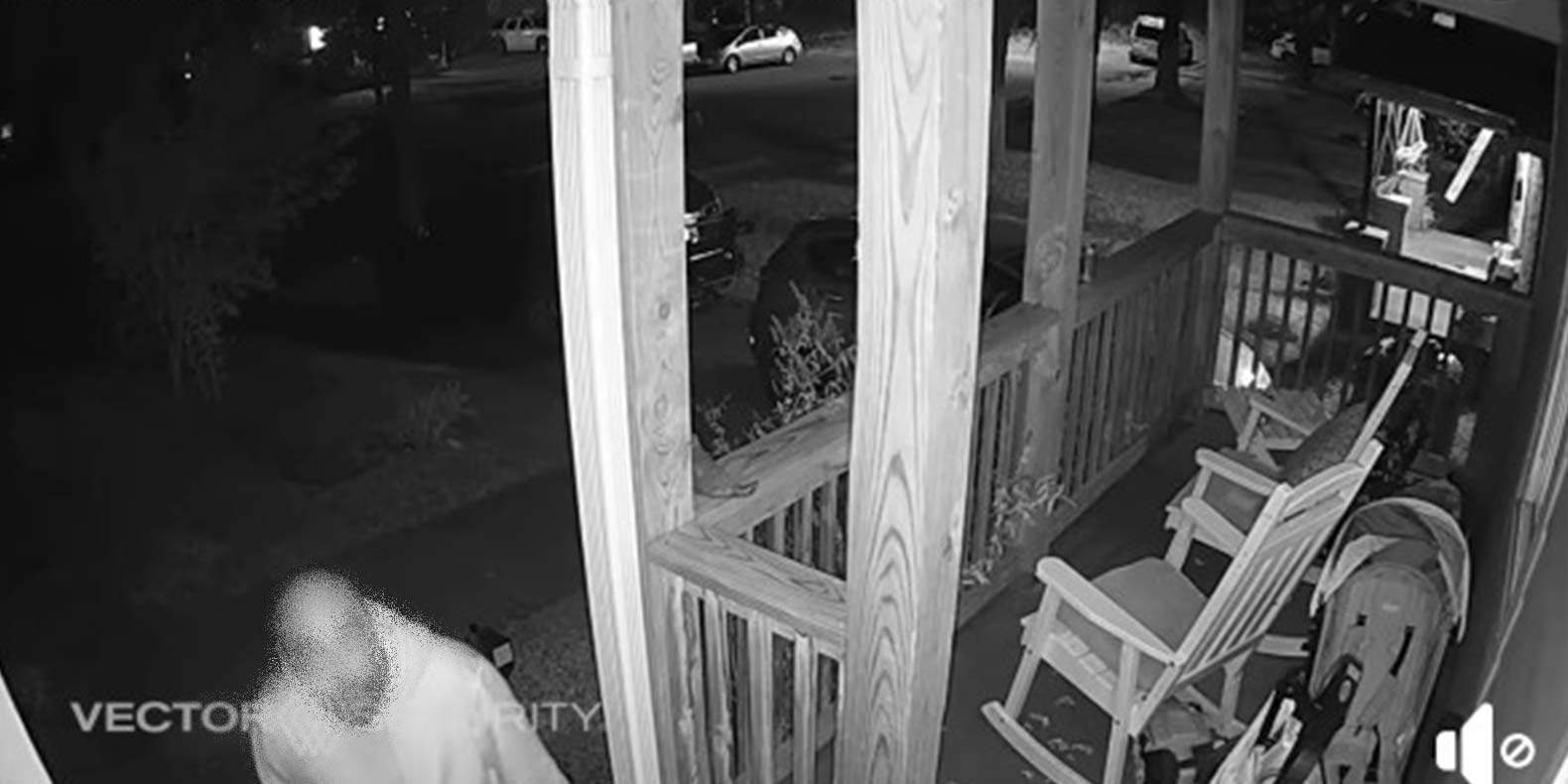In emergencies, every second counts. That’s why cities across the nation are implementing Automated Secure Alarm Protocol (ASAP) to reduce emergency response time. With the help of Vector Security, Monroeville, PA has become the first city in the Pittsburgh area to employ the automated communication technology.
But, what is ASAP, how does it work and what are the benefits? We spoke with Vector Security’s Vice President of Central Station Services, Anita Ostrowski, for the answers.
1. In a single sentence or statement, describe ASAP.
ASAP is a national program that uses automated technology to enhance communication between alarm monitoring central stations and 911 centers. This ultimately improves the accuracy and speed of emergency response.
2. How does ASAP work?
Historically, an alarm company would confirm if police, fire or emergency medical services (EMS) were needed at a location by picking up the phone and dialing a 10-digit number.
The emergency center dispatch would answer the call, and ask the alarm operator for information, such as type of alarm, name, address and phone number. Then the dispatcher would enter the data into the Computer-Aided Dispatch (CAD) system, and send it to the necessary emergency services.
With ASAP, we can eliminate phone calls. The alarm company operator just presses a key on the keyboard, and the alarm data is automatically sent to the CAD system.
3. How does ASAP affect CAD operations?
Since data is transmitted electronically, ASAP eliminates the process of an operator taking the call and recording the information into the CAD system manually. Relevant data is directly input into the system without having to actually speak with 911 operators.
4. What are the benefits residents will experience after implementing ASAP?
There are multiple benefits of using ASAP. In Monroeville, specifically, alarm-processing time is expected to be cut in half. The data is sent in a matter of seconds to the emergency center, speeding emergency response.
The second benefit is the reduction of errors. There is always a potential the emergency dispatcher can hear the name of the street incorrectly or wrongly enter a street number when information is shared verbally. ASAP verifies the address against the CAD system to ensure the correct address is on file.
5. How will ASAP improve emergency response times in Monroeville?
Monroeville receives 2,500 calls at its dispatch center monthly. Before ASAP, it sometimes took up to four minutes to process an emergency call. With ASAP, that number is expected to drop to a minute and a half or less.
6. Can other cities adopt this program?
Today, the ASAP to PSAP program is already active in a growing number of cities including Richmond, VA; Houston, TX; Washington D.C.; James City County, York County and Henrico County, VA; Tempe and Chandler, AZ; Boca Raton, FL; Cary, High Point and Kernersville, NC; Guilford County, Wilson County, and Durham County, NC; Johnston County, NC; Union County, NC; Denton County and Grand Prairie, TX; Morgan County, AL; Delaware County, OH; Newport News, VA; Sarasota County and Manatee County, FL; Monroe County, NY; Hamilton County, TN; Williamson County, TX; Dane County, WI; Highland Park, TX; and Buck County, PA. Because the program is scalable, it can easily be implemented into cities of all sizes.
How do you think your city or municipality could benefit from ASAP? Share your comments below.


